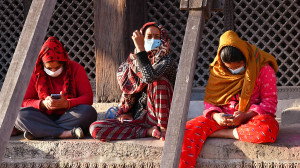National
Forensic report shows most protesters shot above the waist during September clashes
Autopsies reveal 39 demonstrators were killed by bullets aimed at the chest, head and neck; human rights body probing excessive police force.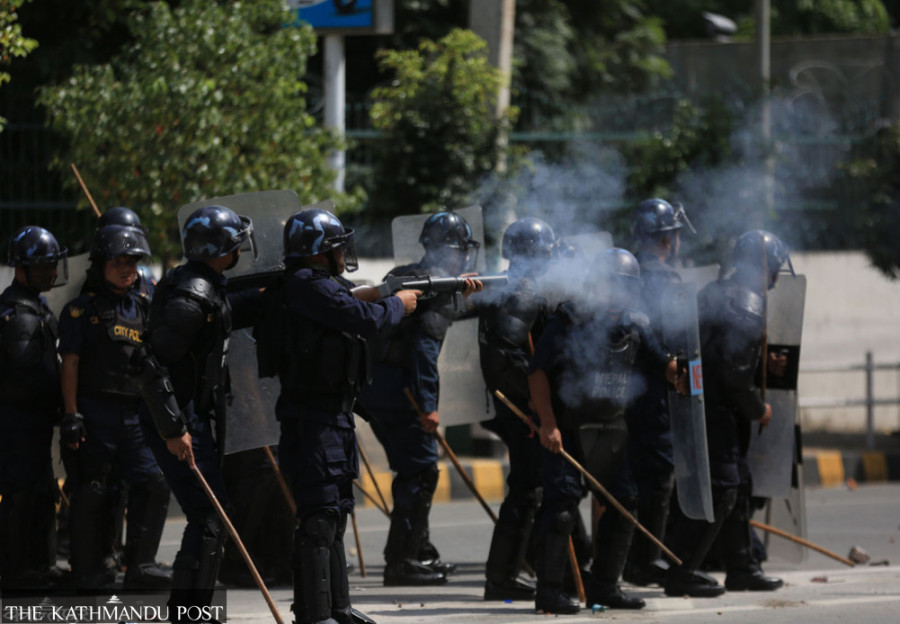
Sudeep Kaini
Nineteen-year-old Nikita Gautam of Chitwan was living in a rented flat in Gausala, Kathmandu. Her landlord, Manoj Gautam, said she was sitting on the rooftop watching the September 9 protests when a bullet fired from a nearby police post struck her in the chest, killing her instantly.
Dhiraj Shrestha of ward 4 in Tarkeshwar Municipality had joined the protest in New Baneshwar on September 8 and went again the next day. His father, Narayan Shrestha, said Dhiraj was killed when a bullet fired by police from the Metropolitan Police Circle in Balaju struck his neck.
An internal police report stated that during the September 8 protest in New Baneshwar, 25-year-old Sulavraj Shrestha and 19-year-old Shreyam Chaulagain were shot in the head and killed. The report added that Iswot Adhikari, Saurav Kishor Shrestha and Ayush Thapa died after being shot in the chest, while Subas Kumar Bohara of Bajhang was hit in both the chest and neck. On the same day, Rashid Khatri and Nishchil Saru Magar were shot in the abdomen.
In Thimi, Bhaktapur, Sajan Rai of Sunsari was killed after being shot in the chest, his family said.
According to a forensic report submitted by Tribhuvan University Teaching Hospital to the government, all 39 protesters killed on September 8 and 9 were shot above the waist. The report confirmed that the victims sustained bullet wounds to the head, neck, chest, and abdomen.
Among the 35 deaths in the Kathmandu Valley, 19 were shot in the chest, 10 in the head, four in the abdomen, and two in the neck.
Dr Gopal Chaudhary, head of the hospital’s forensic department, said, “Almost all those killed were shot above the waist. Most had gunshot wounds to the chest, while some were shot in the head. One person was hit by three rubber bullets, but all others were struck by live bullets. One body had three rubber bullets lodged in the chest and neck.”
Dr Chaudhary added that the bullets were fired from high-velocity weapons, such as rifles. “Only one or two bodies showed signs of low-velocity gunfire, like from a pistol,” he said. “Almost all bullets were fired from a distance. If fired from close range, there would have been burn marks on the skin and hair, but there were none.”
Three police officers were beaten to death by demonstrators, while 10 prisoners were killed by bullets fired by police and army personnel as they attempted to escape.
Brigadier General Rajaram Basnet, spokesperson for the Nepali Army, said soldiers opened fire after inmates tried to break out of prisons in Dhading and Ramechhap, killing two prisoners in each district. Six others were killed by police bullets.
Of the 41 protesters killed on September 9, 17 died from gunshot wounds, while 24 perished in fires. Seven bodies were recovered from the Bhatbhateni Supermarket in Chuchchepati, Kathmandu, completely burnt, and five more charred bodies were found in Bhatbhateni stores in Sunsari and Morang.
Even after a month and a half, the identities of these victims remain unknown, and post-mortems have not been conducted. Their remains are being kept at Tribhuvan University Teaching Hospital.
Superintendent of Police Pawan Bhattarai, spokesperson for the Kathmandu District Police Range, said only skeletal remains were recovered, making it impossible to determine the cause of death.
“No one has come forward to claim the bodies. We have sent samples for DNA testing to the police forensic lab, but the results have not yet arrived,” Bhattarai said.
Sunsari’s Chief District Officer Dharmendra Kumar Mishra said the four charred bodies found in Itahari remain unidentified. “They were almost reduced to ashes. Only one family has come forward, but we are still waiting for DNA confirmation,” he said.
On September 9, vandalism and arson began around 11am at police offices and units in Maharajgunj, Balaju, Swayambhu, Kalimati, Kalanki, Baneshwar, Durbar Marg, Koteshwor, and Gausala. SP Bhattarai said that because many police offices were set ablaze, there were no site records or formal documentation of the shootings, making it difficult to confirm exact locations.
Former Deputy Inspector General Hemant Malla said the repeated misuse of firearms reflects a lack of police training and service specialisation. “Officers deployed for crowd control should remain in those roles longer, with proper specialisation within the force,” he said. “But the belief that long-term deployment hampers career growth has led to a shortage of skilled field officers. Police are still using combat weapons for crowd control, causing unnecessary deaths. The government has not procured enough non-lethal equipment like rubber bullets.”
A senior police official said officers did not intentionally aim for the chest or head. “Many are not well-trained or familiar with handling firearms. There are several cases where bullets fired in one direction hit unintended targets,” the official said.
Under the Local Administration Act, 1971, security forces can use live ammunition only as a last resort and only after warning crowds to disperse. If they still refuse, the law allows firing below the knee. During the Gen Z movement, however, police used deadly weapons and fired above the waist, resulting in a massive loss of life.
The National Human Rights Commission is investigating the excessive use of force, led by Commissioner Lily Thapa. NHRC spokesperson Tikaram Pokharel said, “We’ve completed the preliminary phase and are now recording statements from those involved. From a human rights perspective, the first day’s shootings were particularly serious, so we are prioritising those cases.” He added that the commission is expediting its report, as delays could reduce its relevance.
An internal police report revealed that during the two days of protests, 13,182 rounds were fired nationwide, including 2,642 live bullets.




 11.12°C Kathmandu
11.12°C Kathmandu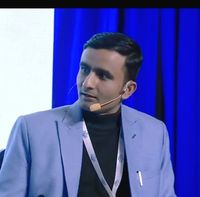
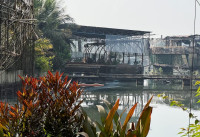
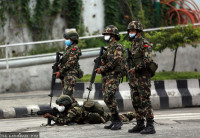
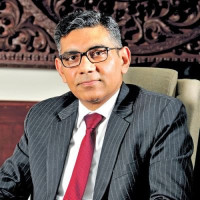
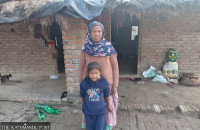
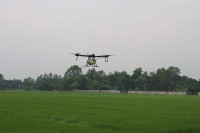
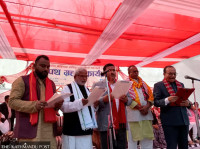


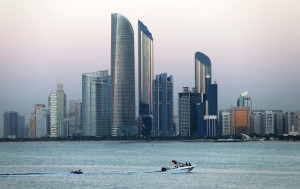

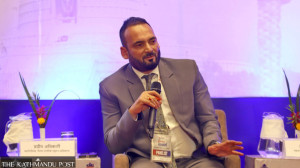

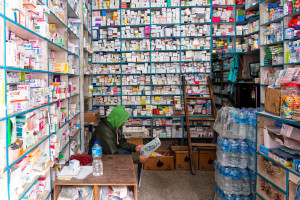
%20(1).jpg&w=300&height=200)

